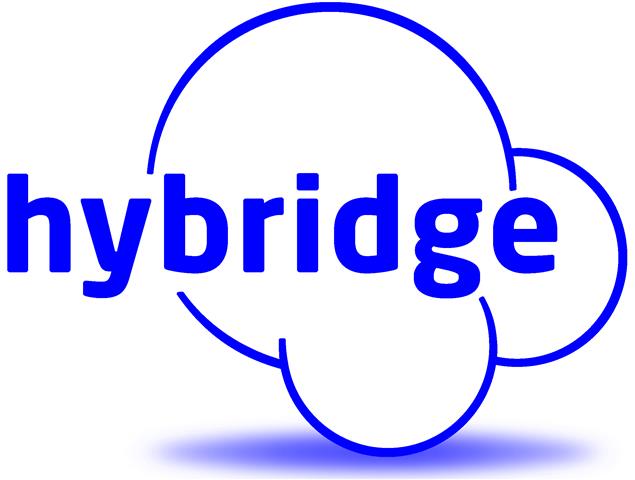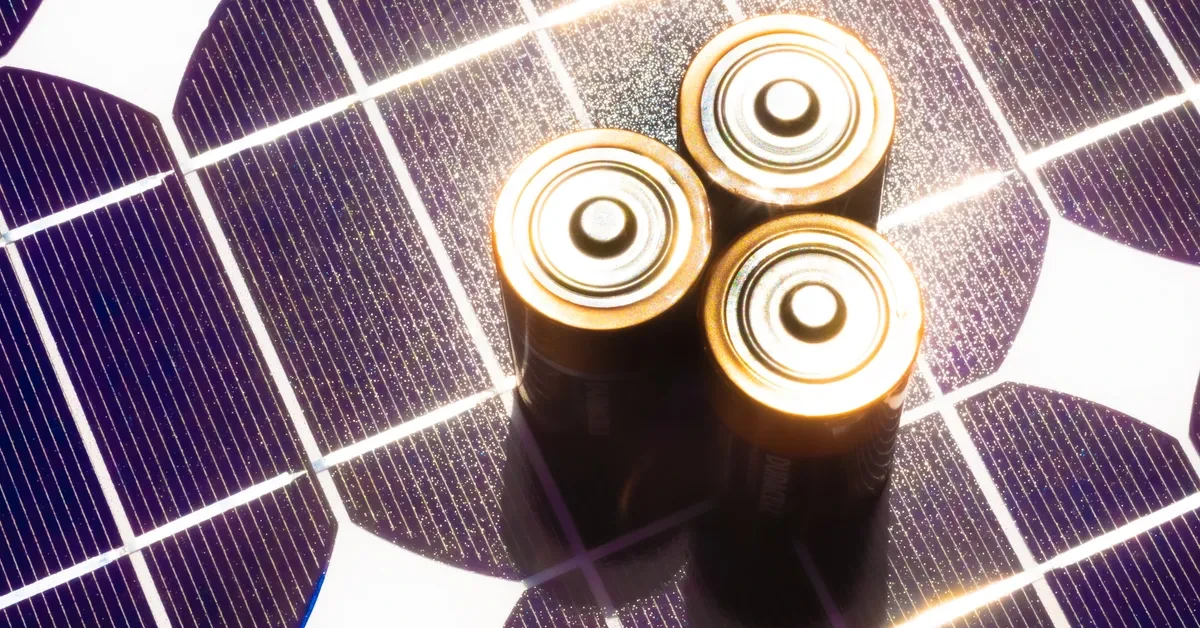Summer is still with us but now is the time to prepare for those winter storms. If you live in Northern California, multi-day power outages are still fresh in your mind. While we cannot predict what kind of winter awaits us, we can prepare so that we are not caught off guard by outages. It’s not just the food in the fridge that goes bad, laptop and cell phone batteries last only so long and internet access is affected as well. If you want to keep your family fed and warm, and your tech running, consider looking into some of the solar-based options below.
If you were lucky enough to own a UPS (Uninterrupted Power Supply) or portable power station prior to the storms you were probably able to at least power your phones and computers. However, once those are drained, you need to recharge them with electricity. Enter Solar generation products like Ecoflow’s combination of solar panels and batteries. You can recharge the battery during the day from solar power and reuse it to recharge low-power draw items like laptops, phones, and tablets. It will not have enough juice for fridges, freezers, or your heating system, but it will keep your essential tech going. Click on the gadget of the month for additional details.
For a more powerful, permanent, and expensive option, those who have already invested in solar panels can also invest in solar batteries. Batteries will keep power running in your house if the grid is down and allow you to store the extra energy you are generating during the day for later use. You can sell excess power to the power company, use it to offset high rates during peak times and to run your household at night and when the grid is not available. Each battery will run you $10K+ installed, and to run a typical household fully during a winter power outage you will likely need at least two.
There are a lot of considerations, and much depends on your individual strategy - is this primarily a backup for outages or, given the investment, are you trying to maximize your storage and sell as much power as you can to the grid? California’s new metering policy that lowers the value of solar credits went into effect in April, making storing and using that extra energy rather than giving it back to the grid more attractive.
Share this blog:









